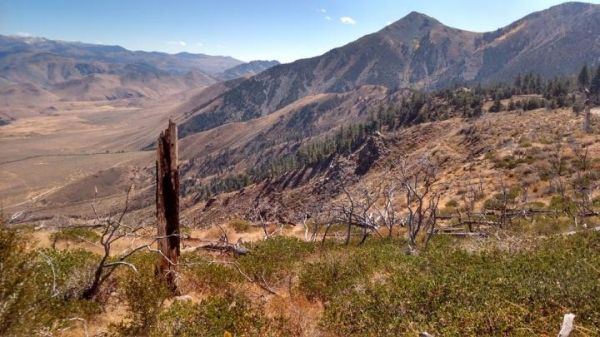A warming climate and more frequent wildfires do not necessarily mean the western United States will see the forest loss that many scientists expect. Dry forest margins may be more resilient to climate change than previously thought if managed appropriately, according to Penn State researchers.
“The basic narrative is it’s just a matter of time before we lose these dry, low elevation forests,” said Lucas Harris, a postdoctoral scholar who worked on the project as part of his doctoral dissertation. “There’s increasing evidence that once disturbances like drought or wildfire remove the canopy and shrub cover in these dry forests, the trees have trouble coming back. On the other hand, there’s growing evidence that there’s a lot of spatial variability in how resilient these forests are to disturbances and climate change.”
The researchers studied forest regeneration at four sites that had experienced wildfires in the eastern Sierra Nevada Mountains in California. The sites sit at the forest margin, a drier area where forest meets sagebrush grassland. These dry forest margins may be the most vulnerable to climate change-driven forest loss, according to the researchers.
Large fires in the area tend to consume the forest starting from the steppe margin then sweeping up the mountain, said Alan Taylor, professor of geography and ecology who has worked in the area for decades.
Read more at Pennsylvania State University
Image: Dry forest margins in the western United States may be more resilient to climate change than previously thought if managed appropriately, according to Penn State researchers. The researchers studied forest regeneration at four sites that had experienced wildfires in the eastern Sierra Nevada Mountains in California. The sites sit at the forest margin, a drier area where forest meets sagebrush grassland and which may be the most vulnerable to climate change-driven forest loss. (Credit: Lucas Harris / Penn State)


